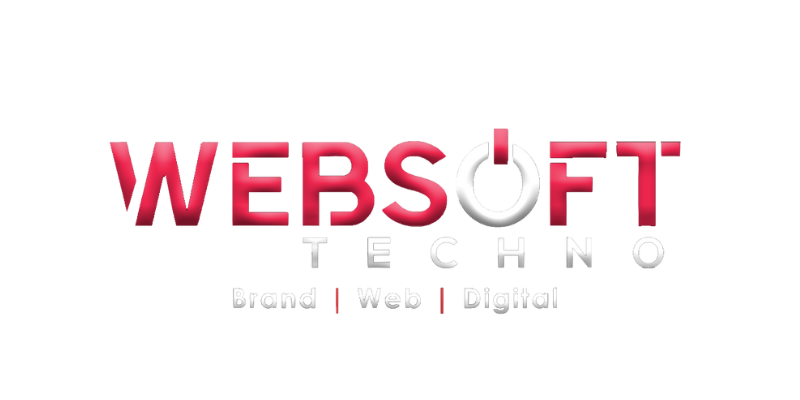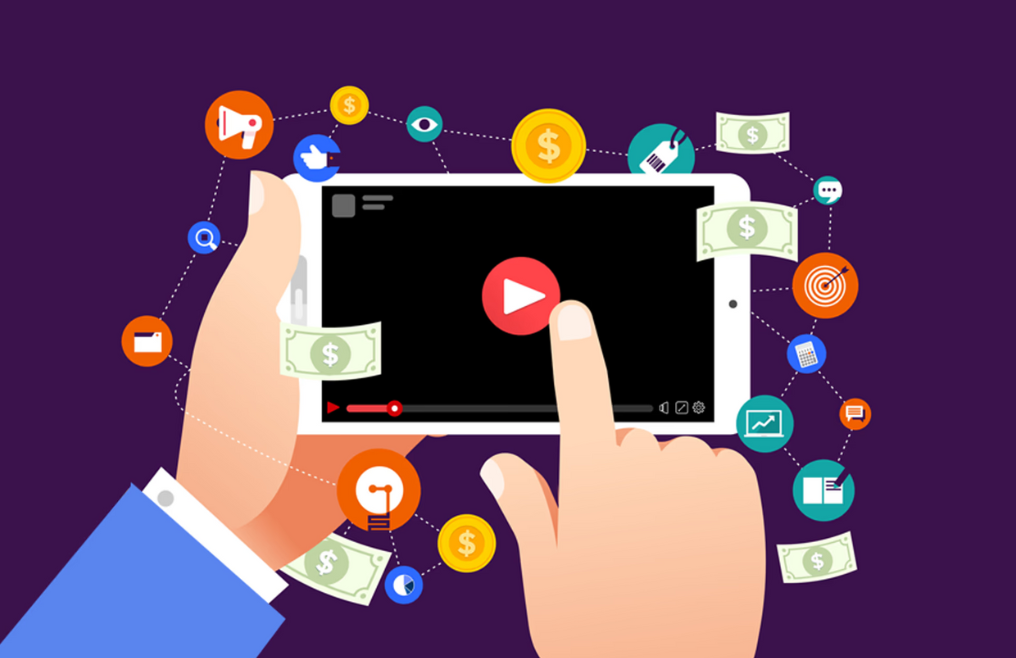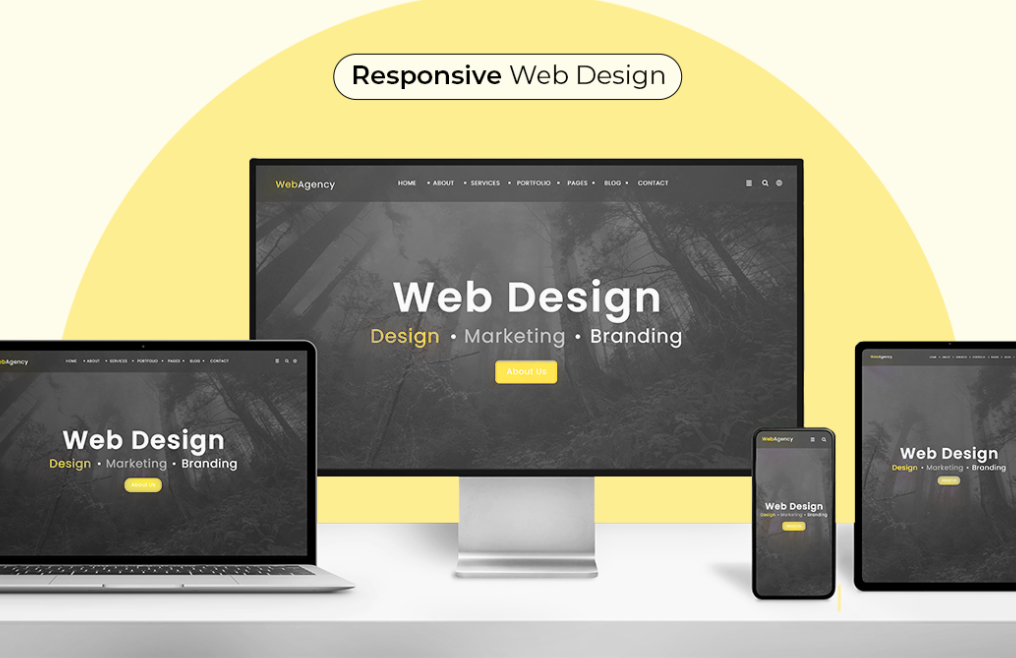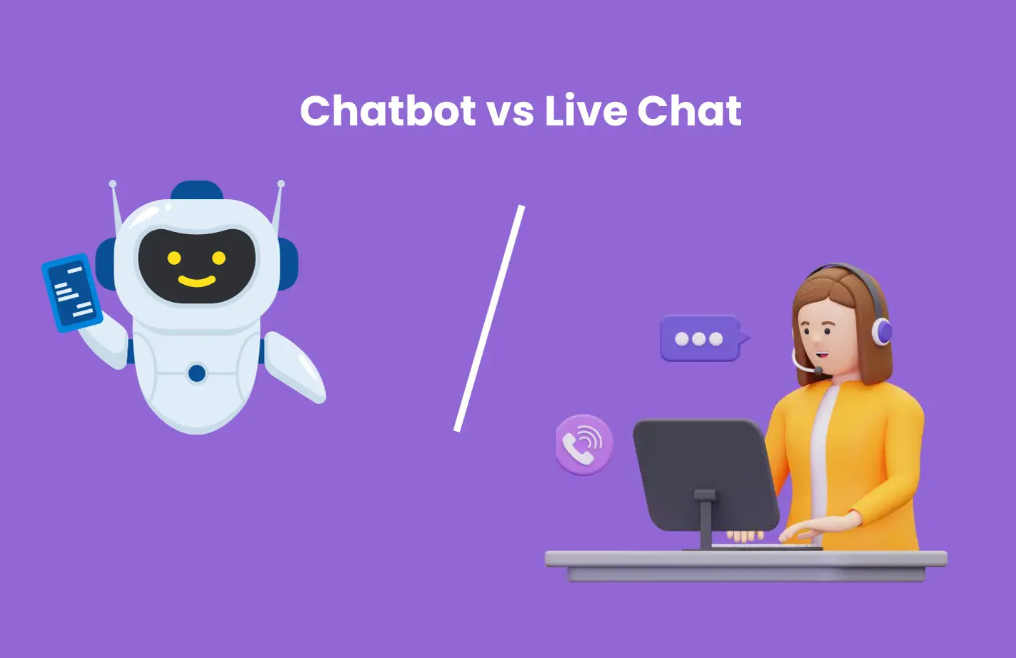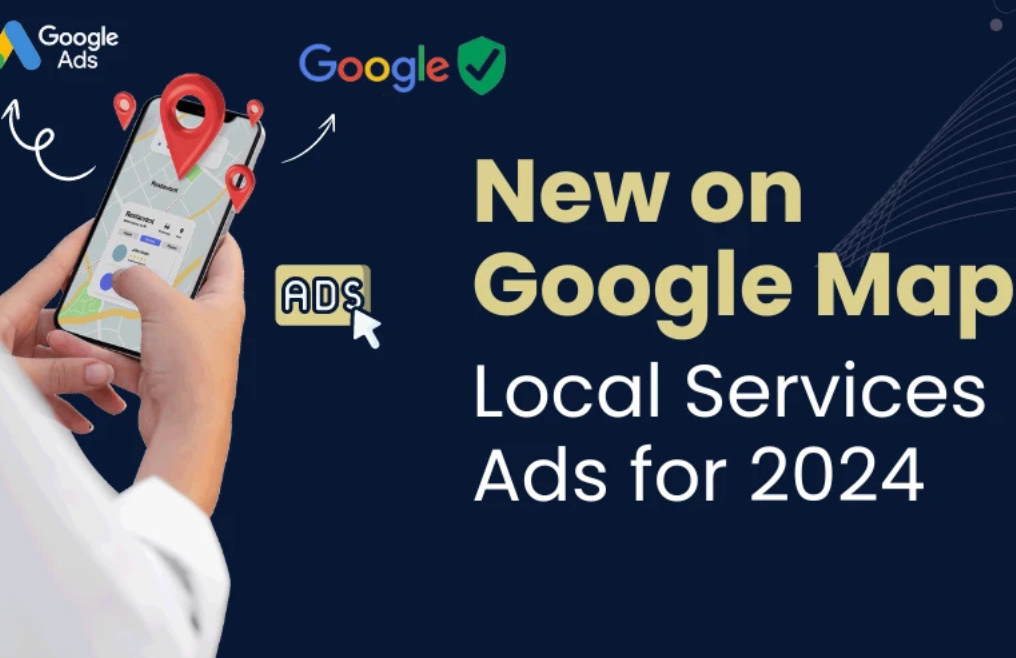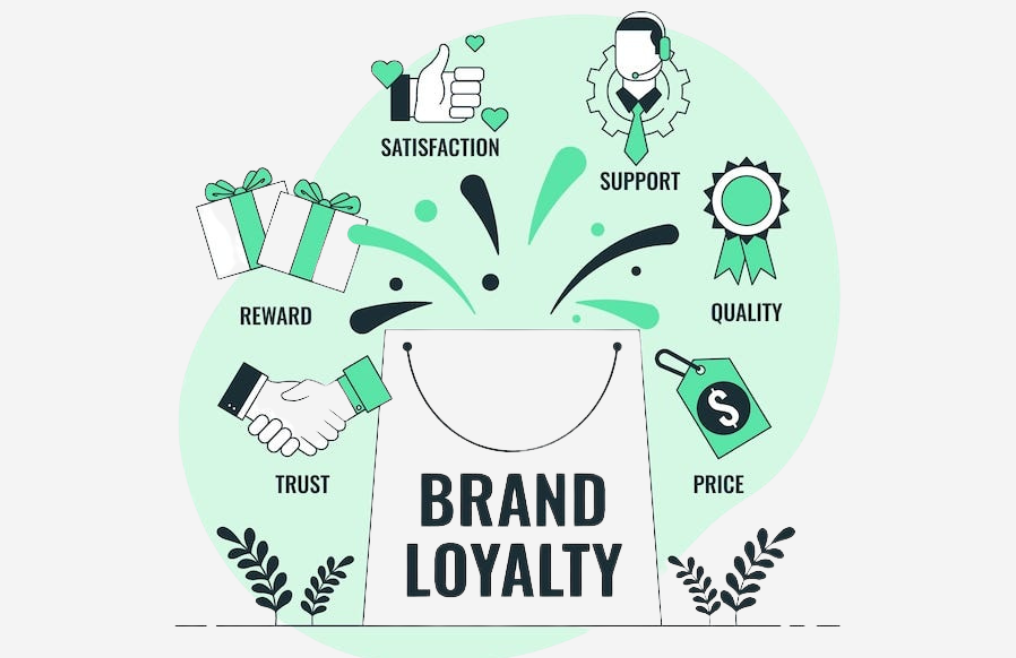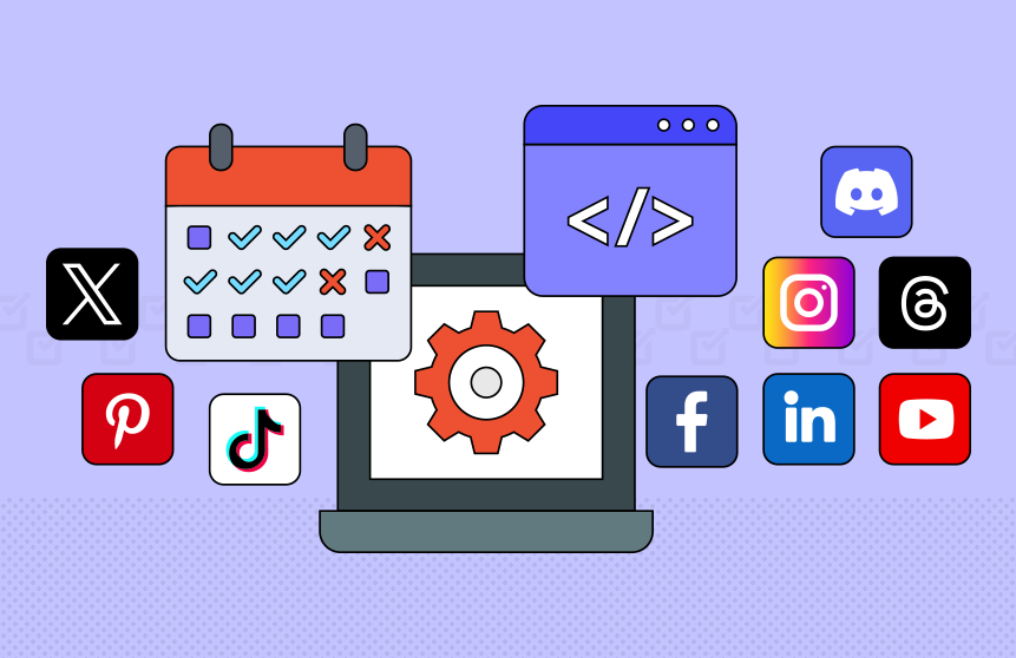In today’s fast-moving digital landscape, success isn’t just about being seen — it’s about being remembered, trusted, and chosen. That’s where the right partner makes all the difference.
At Websoft Techno, we’re more than just an agency. We’re your full-service creative and digital growth partner — built to help brands not only compete, but lead.
What Does That Mean?
Being full-service means we do it all — but more importantly, we do it together. Our integrated team brings strategy, creativity, technology, and data under one roof, ensuring every initiative is aligned, efficient, and built for impact.
Here’s how we help brands grow:
🔹 Creative That Connects
From standout visual identities to scroll-stopping content, we craft creative that not only looks good, it also performs. Every campaign is rooted in your brand’s voice and optimized for the platforms where your audience lives.
🔹 Digital That Drives Results
Whether it’s SEO, paid media, email marketing, or conversion optimization, we build and execute digital strategies that move the needle. Data is our north star, and growth is our obsession.
🔹 Strategy That Scales
We don’t believe in one-size-fits-all. We start with deep discovery, align with your goals, and tailor a roadmap that scales with your business, from startup hustle to enterprise precision.
🔹 Technology That Enables
From websites to e-commerce, we build platforms that perform, with user experience, speed, and scalability in mind.
Why It Matters
Too often, brands work with fragmented partners, chasing disconnected tactics and inconsistent results. A full-service partner solves this by providing:
✅ Unified vision and execution
✅ Faster go-to-market timelines
✅ Smarter use of resources
✅ Clearer ROI across the board
Let’s Build Something Better
Whether you’re launching, scaling, or reimagining, we’re here to bring fresh thinking, real results, and relentless creativity to your corner.
If you’re ready to unlock new growth, let’s talk.
#DigitalGrowth #CreativeAgency #FullServicePartner #BrandStrategy #MarketingLeadership #GrowthMarketing #LinkedInArticles
